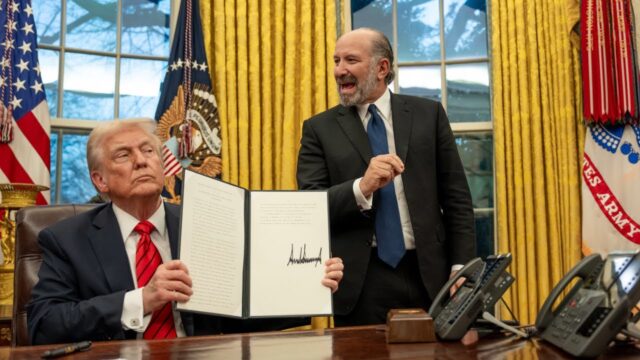In response to recent U.S. tariff reforms under President Donald Trump, Shein, the global fast-fashion retailer, is strategically shifting its manufacturing operations to Vietnam. Historically, Shein capitalized on the U.S. de minimis rule, which permitted duty-free imports for packages valued under $800, facilitating cost-effective direct shipments from China to American consumers. However, the recent suspension of this exemption, coupled with a 10% tariff on Chinese imports, has compelled Shein to reassess its supply chain dynamics.

Vietnam emerges as a viable alternative due to its established textile industry, competitive labor costs, and favorable trade relations with the U.S. By relocating a portion of its production to Vietnam, Shein aims to mitigate the financial impact of the new tariffs and sustain its competitive pricing in the U.S. market. This strategic move not only addresses immediate tariff challenges but also diversifies Shein’s manufacturing base, enhancing resilience against geopolitical trade fluctuations.
This transition aligns with a broader trend among retailers seeking to navigate the complexities of international trade policies. Companies are increasingly exploring alternative manufacturing hubs and adjusting their supply chains to maintain market stability and profitability amidst evolving regulatory landscapes.

In summary, Shein’s proactive shift to Vietnam exemplifies how global retailers can adapt to policy-induced market disruptions. By strategically realigning its production, Shein endeavors to continue offering affordable fashion to its U.S. customers while effectively managing the challenges posed by recent tariff reforms.
Cre: Why Shein has Turned to Vietnam to Sidestep Trump Tariffs | Supply Chain Magazine

